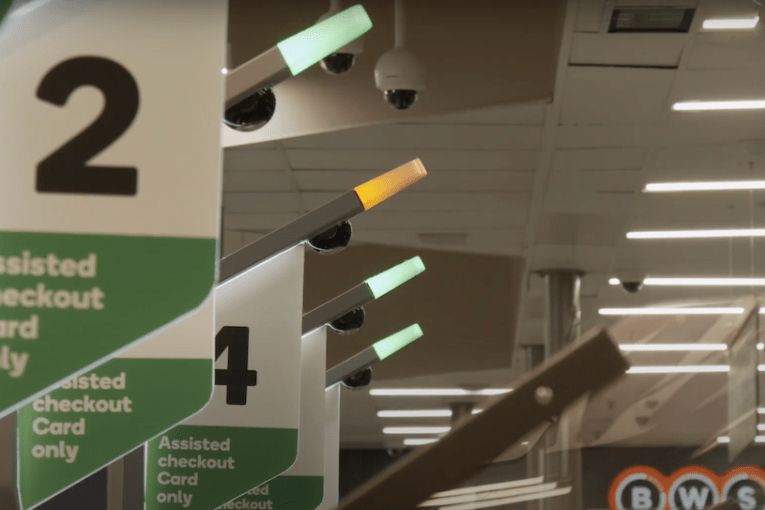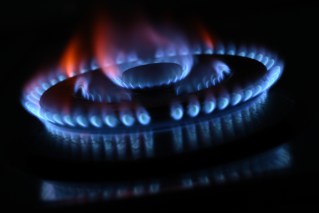‘Demand response’ puts money back in consumers’ pockets – and energy giants hate it


The Australian Competition and Consumer Commission has released its electricity market report. Photo: TND
Australia is lagging behind global leaders when it comes to affordable electricity, and big energy retailers want to keep it that way, a new report has claimed.
While the world’s biggest electricity markets in the United States, China and the European Union are embracing ‘demand response’ – a system that pays consumers to curb their energy use during peak times – big energy retailers are attempting to sabotage its rollout in Australia, research by The Australia Institute (TAI) has found.
The report was released on Tuesday before an Australian Energy Market Commission (AEMC) hearing on a proposed rule change that would see the implementation of a “wholesale demand response mechanism” whereby willing “industrial consumers” would be paid to curb their power use during peak times.
The AEMC describes demand response as “a consumer choice to turn down or turn off their electricity use in response to a signal to do so”.
The introduction of a demand response system would lessen Australia’s reliance on expensive generators that kick in when demand for energy is high, and reduce the need for expansions of the energy network.
But TAI said Australia’s scandal-plagued energy retailers, which have been accused of price gouging and unfair billing practices, of attempting to stymie and delay the crucial reforms.
“The big energy retailers want to prevent competition,” TAI energy policy lead Dan Cass said.
“They want to be the gatekeepers and decide whether or not their customers participate in emerging digital energy markets.”
‘Demand response’: What is it and who will benefit?
Consumer advocates have long been pushing for the introduction of a demand response system that will be cost-effective and environmentally friendly.
The system will “reduce energy costs and emissions while also improving reliability”, Mr Cass said.
Technology is developing rapidly and soon consumers – including individual households – will be able to “actively manage their decisions to consume or not consume”, the AEMC said.
“We want consumers to see how much electricity costs at different times so they use power when the value of that service to them is greater than the cost of supplying it,” the AEMC said.
The Australian Council of Social Service (ACOSS) – a national advocate for reducing poverty and inequality – called for the system to be fast-tracked and for households and small businesses to be included.
This would “reduce electricity bills for all customers”, ACOSS senior energy adviser Kellie Caught said.
Low-income households who “spend more of their income on energy” would reap the greatest benefit, she said.
Ms Caught blamed big energy retailers for keeping power costs high by being “too slow to innovate”.
Research shows that “more than half of all consumers are willing to lower their energy use at peak times and even more are prepared to act with a financial incentive,” Energy Consumers Australia chief executive Rosemary Sinclair said.
“Paying business consumers to lower energy use at peak times will help optimise the existing energy system and bring prices down and, to that extent, it provides cost savings to all consumers,” she said.
“But we also need to empower individual household consumers to participate in demand response services and bring down their energy costs.”








